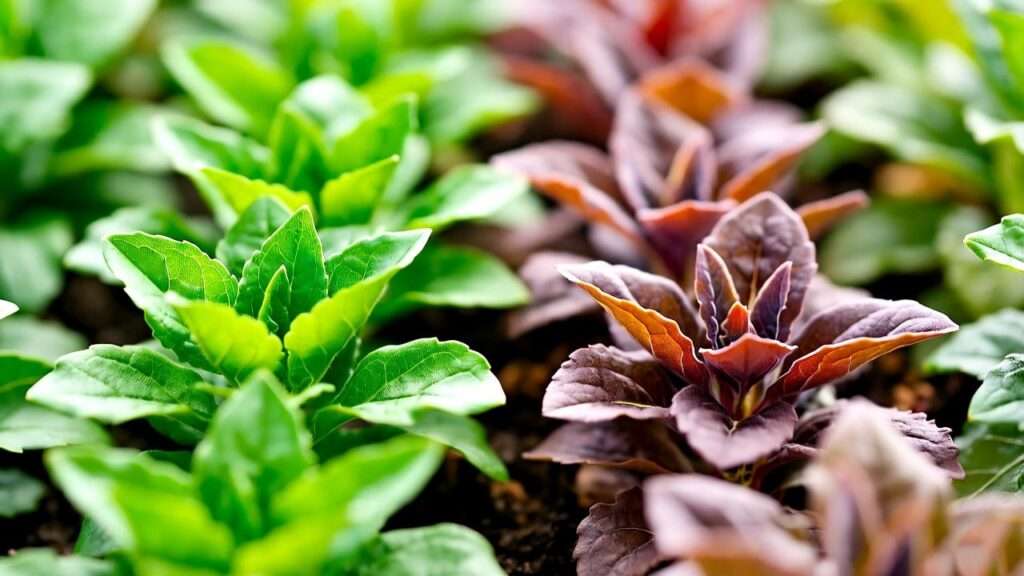Picture this: your lush, green houseplants, once the pride of your living space, are now sporting brown, crispy leaves. Your heart sinks as you wonder, What went wrong? Brown plants are a common issue for plant parents, but the good news is that this problem is often fixable with the right knowledge. Whether you’re nurturing a fiddle leaf fig or a backyard oak, browning leaves signal that your plant is stressed. Don’t despair! This comprehensive guide, crafted with insights from years of horticultural experience, will help you diagnose why your plants are turning brown, revive them, and prevent future issues. 🌿
In this article, you’ll discover the science behind browning leaves, practical solutions to restore your plants’ vibrancy, and expert tips to keep them thriving. By addressing the root causes—overwatering, underwatering, pests, or environmental stress—you’ll gain the confidence to bring your plants back to life. Let’s dive into the world of plant care and transform those brown plants into thriving greenery! 😊
Understanding Why Plants Turn Brown 🌿
The Science Behind Browning Leaves
When a plant’s leaves turn brown, it’s often a sign that its natural processes are disrupted. Leaves rely on chlorophyll, the pigment responsible for their green color, to photosynthesize and produce energy. When a plant is stressed, chlorophyll production slows or stops, leading to browning or yellowing. According to Dr. Linda Chalker-Scott, a renowned horticulturist at Washington State University, “Browning is a plant’s cry for help, signaling anything from water imbalance to nutrient deficiency.” This can affect houseplants like monstera or outdoor trees like maples, depending on the underlying issue.
Common Causes of Brown Plants
Brown leaves can stem from several factors, each requiring a specific approach to resolve. Here’s a breakdown of the most common culprits:
- Overwatering: Excess water suffocates roots, leading to root rot. Signs include soggy soil and brown, mushy leaves.
- Underwatering: Dehydration causes leaves to crisp and curl, especially at the tips.
- Nutrient Deficiencies: A lack of essential nutrients like nitrogen, potassium, or magnesium can cause browning, often starting at leaf edges.
- Environmental Stress: Low humidity, extreme temperatures, or drafts can stress plants, leading to brown spots or faded leaves.
- Pests and Diseases: Spider mites, fungal infections, or bacterial issues can cause browning, often accompanied by spots or webbing.
- Sunlight Imbalance: Too much direct sunlight can scorch leaves, while too little can weaken plants, causing browning.
Expert Insight: “Diagnosing the cause is half the battle,” says botanist Dr. James Wong. “Each symptom tells a story—whether it’s soggy soil or crispy tips, the plant is communicating its needs.”
How to Diagnose the Problem 🔍
Step-by-Step Diagnosis Guide
To revive your brown plants, you must first pinpoint the cause. Follow these steps to diagnose the issue:
- Check Soil Moisture: Insert your finger 1–2 inches into the soil. If it’s soggy, overwatering may be the issue; if it’s bone-dry, your plant is likely thirsty.
- Inspect Leaf Patterns: Brown tips often indicate underwatering or low humidity, while widespread browning may suggest root rot or pests.
- Evaluate Environmental Conditions: Measure light levels with a light meter (or a smartphone app) and check room humidity with a hygrometer.
- Look for Pests or Disease: Use a magnifying glass to spot tiny pests like spider mites or signs of fungal growth, such as powdery mildew.
Tools and Techniques for Accurate Diagnosis
Investing in a few tools can make diagnosis easier:
- Moisture Meter: A simple device to measure soil moisture accurately ($10–$20 online).
- Hygrometer: Monitors humidity levels to ensure they’re suitable for your plant (ideal range: 40–60% for most houseplants).
- Magnifying Glass: Helps identify tiny pests or fungal spores.
Tip: Keep a plant care journal to track watering, light exposure, and symptoms. This helps identify patterns and tailor your care routine. For a free downloadable diagnosis checklist, visit our .
Solutions to Revive Brown Plants 🌞
Addressing Overwatering
Overwatering is the leading cause of brown plants, especially for houseplants like peace lilies or ferns. To fix it:
- Improve Drainage: Ensure pots have drainage holes and use well-draining soil (e.g., a mix of potting soil, perlite, and peat moss).
- Repot if Necessary: If roots are mushy or black, trim damaged roots with sterilized scissors and repot in fresh soil.
- Adjust Watering: Water only when the top inch of soil feels dry. For succulents, wait until the soil is completely dry.
Case Study: Sarah, a plant enthusiast, noticed her fiddle leaf fig’s leaves turning brown and drooping. After checking the soil, she found it waterlogged. By repotting with better-draining soil and reducing watering to once every 10 days, her plant regained its vibrancy within a month.
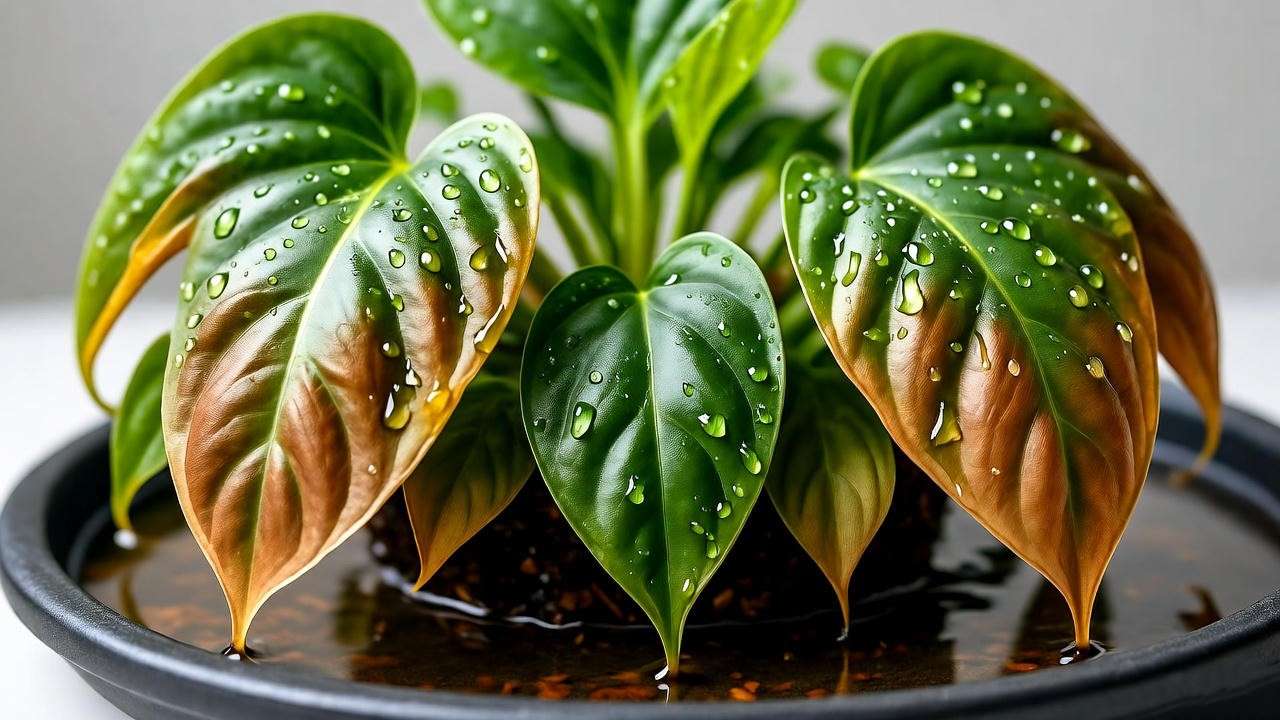
Fixing Underwatering
Underwatered plants, like pothos or snake plants, show crispy, curled leaves. To revive them:
- Water Thoroughly: Soak the soil until water runs out the drainage holes, then let it drain completely.
- Establish a Schedule: Water most houseplants every 7–14 days, adjusting based on season and plant type.
- Use Room-Temperature Water: Cold water can shock roots, worsening stress.
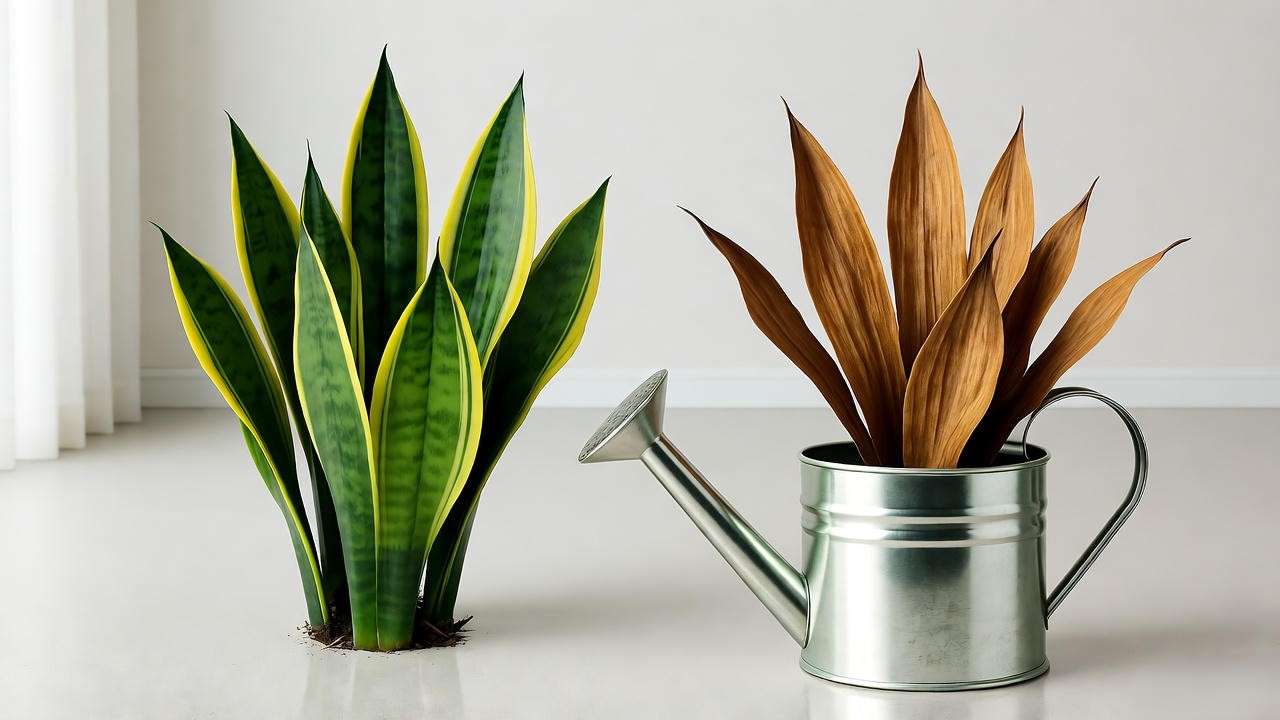
Correcting Nutrient Deficiencies
Nutrient deficiencies often cause browning, especially in older leaves. To address this:
- Choose the Right Fertilizer: Use a balanced liquid fertilizer (e.g., 10-10-10 NPK) for houseplants or a slow-release granular fertilizer for trees.
- Apply Safely: Dilute liquid fertilizers to half-strength to avoid root burn. Apply every 4–6 weeks during the growing season (spring and summer).
- Test Soil: If browning persists, test soil pH and nutrient levels with a home testing kit to identify specific deficiencies.
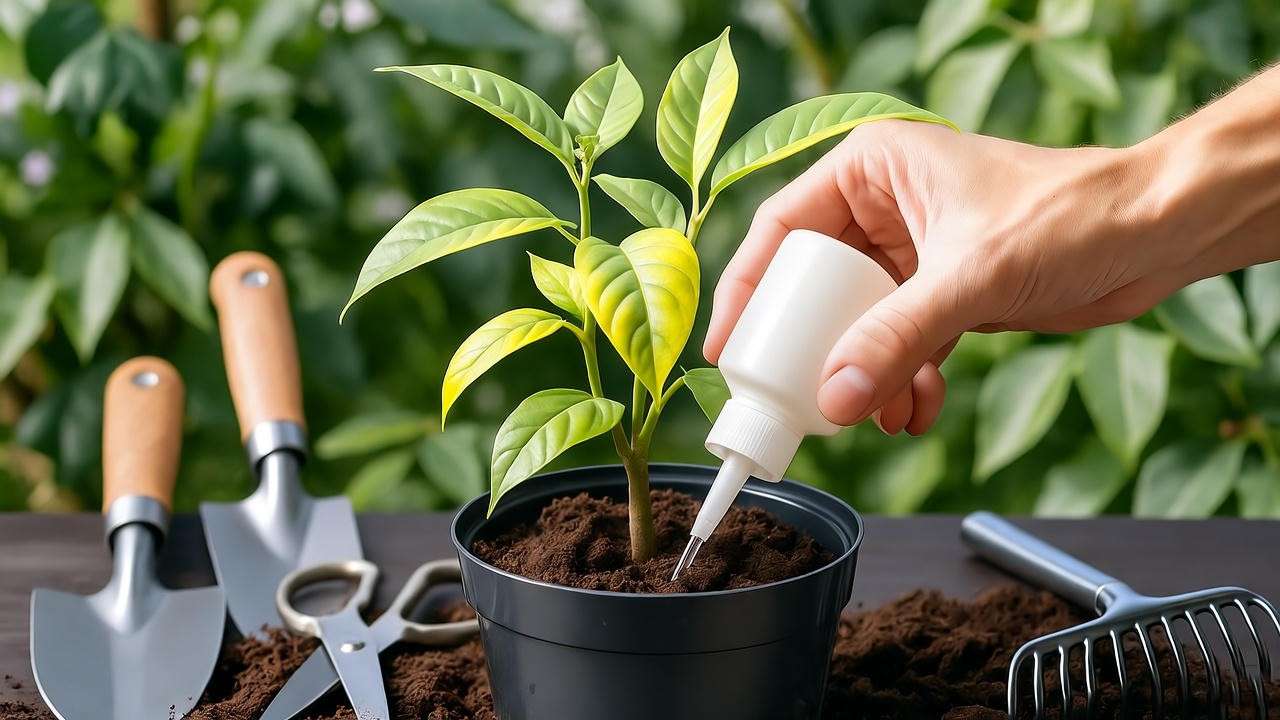
Managing Environmental Stress
Environmental factors can turn leaves brown faster than you’d expect. Here’s how to optimize conditions:
- Adjust Light: Move sun-sensitive plants (e.g., calatheas) to indirect light and provide bright, filtered light for sun-loving plants (e.g., cacti).
- Increase Humidity: Use a pebble tray or humidifier to maintain 40–60% humidity for tropical plants.
- Stabilize Temperature: Keep plants away from cold drafts or hot radiators. Most plants thrive between 65–75°F (18–24°C).
Treating Pests and Diseases
Pests and diseases can wreak havoc on plants. Common culprits include:
- Spider Mites: Tiny pests causing stippled, browning leaves. Treat with neem oil or insecticidal soap (1 tsp per cup of water, sprayed weekly).
- Fungal Infections: Brown spots with yellow halos may indicate fungi. Remove affected leaves and apply a copper-based fungicide.
- Bacterial Issues: Oozing or slimy brown spots require immediate removal of affected areas and improved air circulation.
Safety Note: Always wear gloves when handling chemical treatments and follow product instructions.
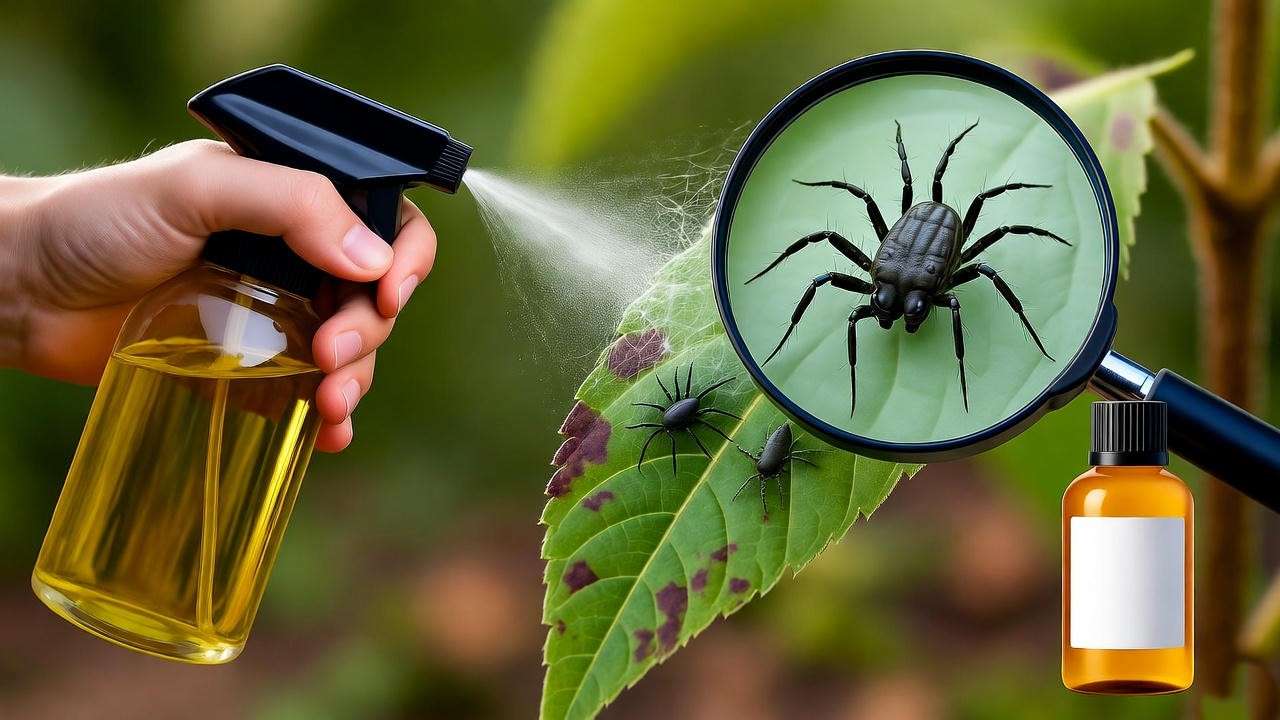
Preventing Brown Plants in the Future 🛡️
Building a Healthy Plant Care Routine
Prevention is easier than revival. Create a consistent care routine:
- Watering: Check soil moisture before watering. For example, succulents need water every 2–3 weeks, while ferns prefer weekly watering.
- Seasonal Adjustments: Reduce watering in winter when plant growth slows.
- Cleaning: Wipe leaves with a damp cloth to remove dust, improving photosynthesis.
Choosing the Right Plants for Your Environment
Not all plants suit every space. Choose plants that match your home’s conditions:
- Low-Light Plants: Snake plants, ZZ plants, and pothos thrive in low light and resist browning.
- High-Humidity Plants: Ferns and calatheas love humid environments like bathrooms.
- Outdoor Trees: Select native species (e.g., red maples for temperate climates) to reduce environmental stress.
Monitoring and Maintenance Tips
- Prune Regularly: Trim brown or dead leaves with clean shears to encourage new growth.
- Use Smart Tools: Consider smart plant monitors (e.g., Xiaomi Plant Monitor) for real-time data on soil moisture and light.
- Rotate Plants: Rotate pots every few weeks to ensure even light exposure.
Expert Tip: “Consistency is key,” says plant care expert Jane Perrone. “A stable environment and regular monitoring can prevent 90% of browning issues.”
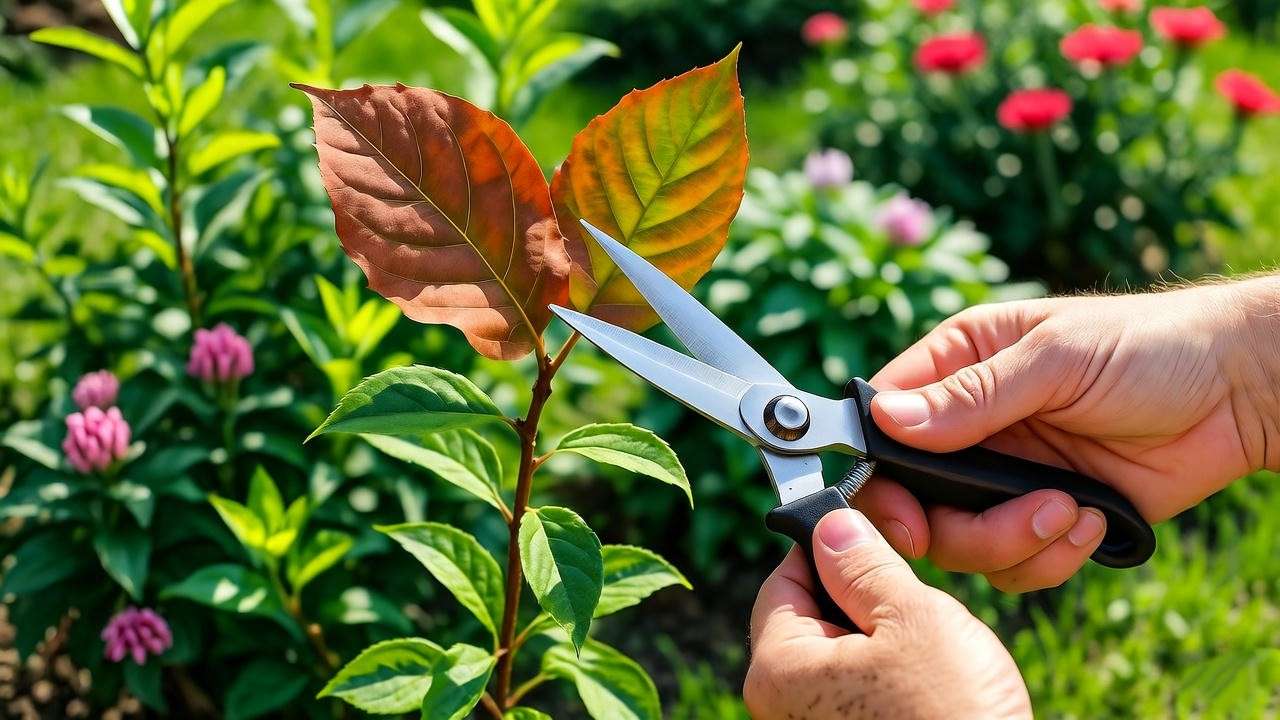
Common Myths About Brown Plants Debunked 🧐
Misinformation about plant care can lead to frustration and worsening plant health. Let’s clear up some common myths to ensure you’re on the right track to reviving your brown plants:
- Myth 1: All Browning Plants Are Dying
Reality: Browning leaves don’t always mean a plant is doomed. Many plants, like peace lilies or spider plants, can bounce back with proper care. Browning is often a sign of stress, not death, and addressing the root cause can restore health. For example, trimming brown leaves and correcting watering habits can encourage new, green growth. - Myth 2: More Water Always Helps
Reality: Overwatering is a top cause of brown plants, especially for species like succulents or orchids. Too much water leads to root rot, which suffocates roots and causes leaves to turn brown and mushy. Always check soil moisture before watering to avoid this common mistake. - Myth 3: Brown Leaves Mean the Plant Needs More Sun
Reality: While some plants thrive in bright light, too much direct sunlight can scorch leaves, causing brown, crispy patches. Conversely, too little light can weaken plants, leading to fading or browning. Match your plant’s light needs—ferns prefer indirect light, while cacti love full sun.
Why It Matters: Busting these myths builds trust and empowers readers with accurate information. Missteps based on myths can exacerbate plant stress, so understanding the truth is crucial for effective care.
FAQs About Brown Plants ❓
To address common reader queries and boost SEO by capturing related search terms, here are answers to frequently asked questions about brown plants:
- Can Brown Leaves Turn Green Again?
Once leaves turn brown, they rarely revert to green because the damaged tissue cannot regenerate chlorophyll. However, removing brown leaves and addressing the underlying issue (e.g., watering or nutrients) can promote healthy new growth. For example, a monstera with proper care can produce vibrant new leaves within weeks. - How Do I Know If My Plant Is Overwatered or Underwatered?
Overwatered plants have soggy soil, mushy leaves, and sometimes a foul odor from root rot. Underwatered plants show dry, crumbly soil and crispy, curled leaves. Use a moisture meter or the finger test (checking 1–2 inches deep) to confirm. Adjust watering based on your plant’s needs—ferns like consistent moisture, while cacti prefer dry spells. - Are Brown Tips Always a Sign of Underwatering?
Not always. Brown tips can result from underwatering, low humidity, or nutrient deficiencies. For instance, low humidity (below 40%) can cause tip browning in tropical plants like calatheas. Check environmental conditions and soil before assuming underwatering is the cause. - Should I Cut Off Brown Leaves?
Yes, pruning brown leaves is beneficial. It redirects the plant’s energy to healthy growth and improves appearance. Use clean, sharp scissors to cut at the base of the leaf or stem, and sterilize tools between cuts to prevent disease spread. For trees, prune in early spring to minimize stress.
SEO Note: These FAQs target long-tail keywords like “why are my plant leaves brown” or “how to fix brown leaf tips,” increasing the article’s visibility on search engines and Google Discover.
Additional Resources for Plant Care Enthusiasts 📚
Recommended Tools and Products
To make plant care easier, consider these vetted tools (available at most garden centers or online):
- Moisture Meter: A budget-friendly tool ($10–$20) to measure soil moisture accurately, preventing over- or underwatering.
- Hygrometer: Tracks humidity levels ($15–$30) to ensure optimal conditions for tropical plants.
- Pruning Shears: Sharp, ergonomic shears ($20–$40) for clean cuts on brown leaves or stems.
- Neem Oil: An organic solution ($10–$15) for pest control, safe for most houseplants.
Note: Always purchase from reputable retailers and check product reviews for quality.
Further Reading and Learning
Deepen your plant care knowledge with these authoritative resources:
- Royal Horticultural Society (RHS): Offers detailed guides on plant care and troubleshooting (rhs.org.uk).
- University Extension Programs: Check local university extensions (e.g., Cornell or UC Davis) for research-based plant care advice.
- Books: “The New Plant Parent” by Darryl Cheng or “How Not to Kill Your Houseplant” by Veronica Peerless provide practical, expert-backed tips.
Consider enrolling in an online plant care course through platforms like MasterClass or Coursera for structured learning.
Community and Support
Connect with other plant enthusiasts for advice and inspiration:
- Plant Forums: Join communities like Reddit’s r/houseplants or the Houseplant Hobbyist Facebook group.
- Local Garden Clubs: Find clubs through your local botanical garden for in-person workshops.
- Share Your Story: Drop a comment below to share your experience with brown plants or ask for tailored advice—we’d love to help!
Conclusion
Brown plants can be disheartening, but with the right approach, you can revive them and prevent future issues. By diagnosing the cause—whether it’s overwatering, nutrient deficiencies, or environmental stress—you can take targeted steps to restore your plants’ health. Implement a consistent care routine, choose plants suited to your environment, and use tools like moisture meters to stay proactive. With these expert-backed strategies, your plants will thrive, bringing life and beauty back to your home or garden. 🌿
Ready to revive your brown plants? Start with the diagnosis checklist above, share your progress in the comments, or download our free Plant Care Diagnosis Checklist for step-by-step guidance. Your plants deserve a second chance—let’s make them green again! 😊
SEO Boost: Don’t let brown plants steal your green thumb’s glory—follow these proven tips to revive and protect your plants for lasting vibrancy.

